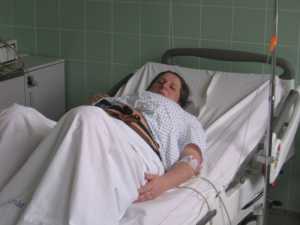Author Interviews, COVID -19 Coronavirus, JAMA, Race/Ethnic Diversity / 17.08.2020
Large Racial and Ethnic Disparities in COVID-19 Hospitalizations
MedicalResearch.com Interview with:
Pinar Karaca-Mandic, PhD
Professor, Finance Department
Arthur Williams Jr. Professor of Healthcare Risk Management
Academic Director, Medical Industry Leadership Institute (MILI)
Carlson School of Management
University of Minnesota
MedicalResearch.com: What is the background for this study?
Response: Several studies have highlighted disparities in COVID-19 infection rates and deaths. Less is known about disparities in hospitalizations. Reports from the Centers for Disease Control showed that in the nation overall, non-Hispanic Blacks, Hispanics and American Indian Alaska Native persons have substantially higher rates of COVID-19 hospitalization. Our study extends this work by providing a state-by-state analysis of race/ethnic prevalence of cumulative COVID-19 hospitalizations and comparing this prevalence to ethnic/racial composition of each state’s population.
Through our University of Minnesota Covid-19 hospitalization tracking project (https://carlsonschool.umn.edu/mili-misrc-covid19-tracking-project) we collect data every day from state department of health websites, and we started collecting information on race/ethnicity breakdown of the hospitalizations as soon as states started reporting such data. During our study period, between April 30 and June 24, 12 states reported cumulative hospitalizations by race/ethnicity. By the end of our study, our data from these 12 states represented almost 50,000 hospitalizations. (more…)








